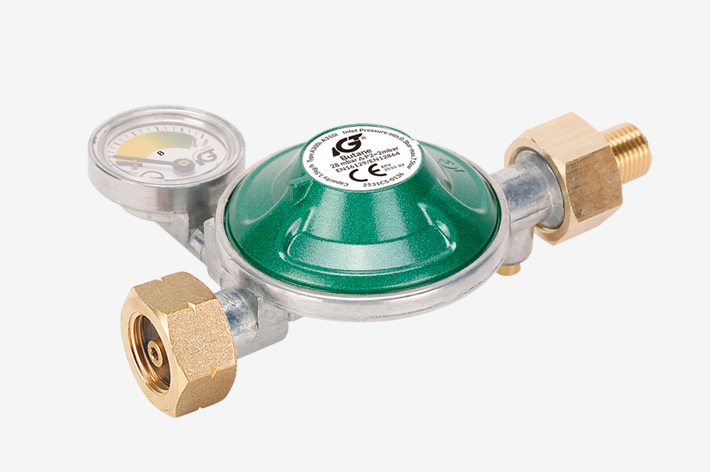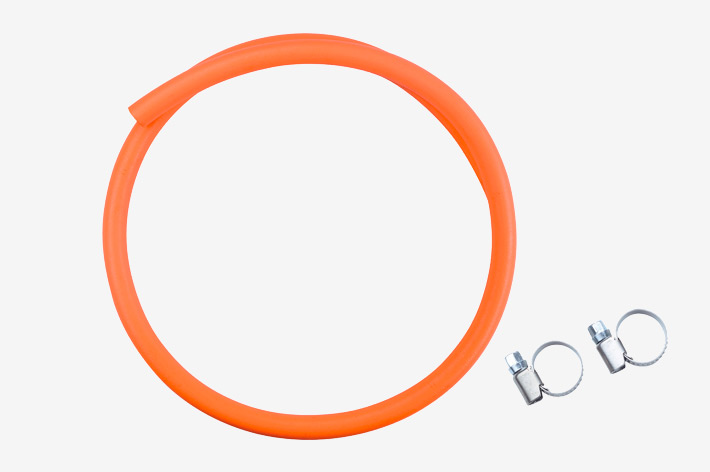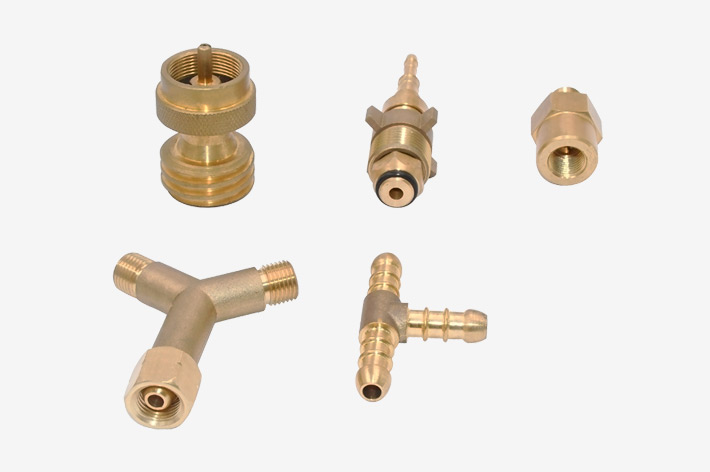Selection of Gas Pressure Manometer
When selecting a pressure measuring instrument, the pressure size of the medium to be measured, the properties of the medium, and the measurement requirements should be considered to make a selection. Under the premise of meeting the requirements of process production, instruments that are simple to use, easy to maintain, and low in price should be selected as much as possible.
Select The Type Of Pressure Manometer
Choose the type of gas manometer for sale according to the size of the pressure of the medium to be tested, the requirements for displaying the pressure value, and the physical and chemical properties of the medium. When measuring micro-pressure, it is obviously inappropriate to use spring tube pressure gauges that measure larger pressures, and only tilt micro-pressure gauges or diaphragm box pressure gauges can be used. For medium pressures that are not too high and do not require rapid readings, U-tube pressure gauges or single-tube pressure gauges are commonly used. For pressures above 49 kPa, spring tube pressure gauges are generally used. For media with lower pressures that require rapid reading of readings, diaphragm box pressure gauges can be used.
If you need to observe changes in pressure, you should choose a recording pressure gauge. If the pressure control requires an alarm, you can choose an electric contact pressure gauge.
Choose The Measurement Range Of The Instrument
From the perspective of improving the accuracy of the instrument, it is hoped that the upper limit of the selected instrument's measurements is close to the measured pressure. However, if the pressure of the medium to be measured exceeds the limit, the measuring elastic element will be damaged. Therefore, to ensure the reliability of the instrument, when measuring calm media, it is generally used between 1/3 and 3/4 of the upper limit scale. That is to say, the selected instrument's upper limit scale value should be 1/4 higher than the maximum pressure of the medium to be measured. For media with large fluctuations in pressure, the pressure range within 1/3 to 2/3 of the selected instrument's upper limit scale should be used.
Choose The Accuracy Level Of The Instrument
The accuracy of the gas pressure manometer is related to the type of instrument and is mainly selected according to the error requirements allowed in process production. Generally, when high precision is required, level 1 is selected, and level 1.5 to 2.5 is selected for others. As a professional gas regulator manufacturer and supplier, IGT provides numerous possible types of gas regulator fittings. Contact us and get more details about the gas pressure manometer.
Installation Method Of The Gas Manometer Gauge
Whether the pressure gauge is installed reasonably or not has a certain impact on measurement accuracy, instrument service life, and maintenance work. Therefore, when installing a pressure gauge, sufficient attention must be paid.Gas manometer installation includes pressure taking device installation, pressure guiding pipeline installation, and instrument installation.
Installation Of Pressure Taking Device
Selection of pressure taking point: The pressure taking point should truly reflect the pressure of the medium to be measured. It should be located on the straight pipeline of the medium flow to be measured, and not at the sharp bend, valve, turbulent flow, or dead space of the pipeline. The pressure taking point should not only meet the requirements of process production, but also be easy for instrument personnel to maintain;
Installation of pressure taking device: When measuring the pressure of gas, the pressure taking device is generally installed on the upper part of a horizontal or tilted pipeline to prevent water from condensing into the conduit and forming a water plug, affecting the measurement accuracy.
Laying Of Pressure Guiding Pipelines
The role of pressure guiding pipelines is to transmit the pressure of the medium to be tested from the pressure taking device to the pressure measuring instrument and ensure that no leakage occurs.
The pressure guiding pipeline should be as short and straight as possible, with few bends and no sharp bends or complex curves. If the pipeline is too long or has too many bends, it will increase the lag of pressure transmission. Generally, the pipeline should not exceed 50 meters in length.
The pressure guiding pipeline needs to have a certain slope. When measuring the pressure of a gas, in order to avoid the accumulation of water in the pipeline affecting the measurement accuracy, the pressure guiding pipe should slope downward toward the pressure taking device, and the slope should generally not be less than 2%.
Installation Of Pressure Instrument
In addition to meeting the environmental conditions required by the instrument (such as temperature, humidity, vibration, etc.), the installation of the pressure instrument should also pay attention to:
The pressure instrument must be calibrated before installation to ensure that it is qualified before installation;
The installation location should be convenient for observation and maintenance, and the installation height of ordinary pressure instruments should be at the same level as the general line of sight;
Gas manometers should be installed vertically;
Necessary protective measures should be considered. If measuring the pressure of high-temperature gas, in order to prevent the measuring elastic element from contacting the high-temperature gas, a U-shaped tube or a looping tube should be added for buffering. If measuring the pressure of corrosive gas, an isolator should be installed.

 中文
中文 






